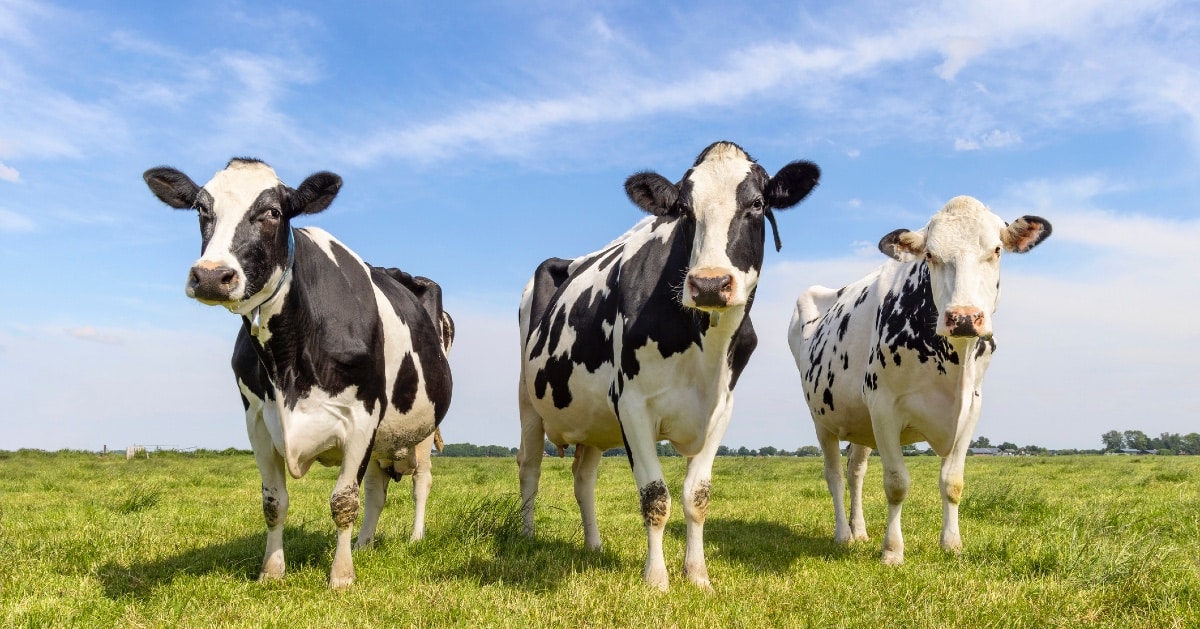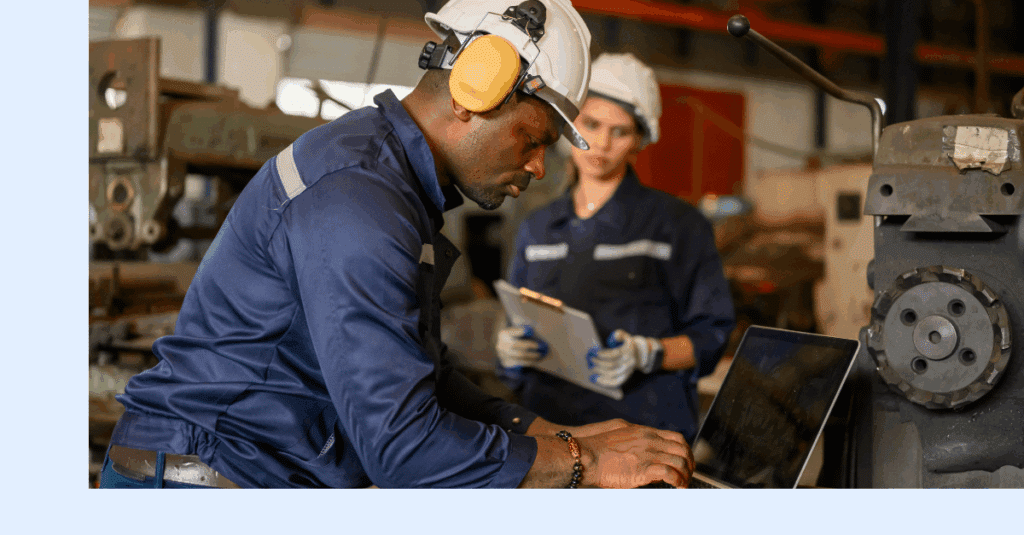
Dairy Forum 2024 impressed Augury’s Director of Strategic Accounts, Adam Geissler. “I had front-row seats to observe dairy at the crossroads – as an industry willing to embrace new technologies to deal with their specific challenges,” says Adam in this report. “It makes sense: by investing in increased reliability, it’s not only the plant floor that wins, but also the farmer.”
Opportunity Knocks
“Labor, labor, labor…” It was a mantra of sorts at Dairy Forum 2024. It summarizes one of the main challenges in this revitalizing industry. Sure, liquid milk consumption is still declining, but the demand for more complex dairy products continues to rise. Unfortunately, there are not enough people to do the work to meet this demand.
Organized by the International Dairy Foods Association (IDFA), the event was summarized nicely on their website: “1,000 leaders from across the dairy supply chain to ELEVATE their businesses, advance their expertise, and actively contribute to the conversation that will shape the future of the dairy industry.”
A large part of the conversation was about how AI-driven technologies – with predictive maintenance as gateway tech – can help deal with challenges around labor and other pain points around unnecessary waste and shifting consumer tastes.
Downtime Stinks
It may not be a big deal for soft drink producers to have an occasional batch go down the drain – water and sugar are as cheap as, well, water and sugar. With soft drinks in general, for every line running, it’s about $1,000 to $1,500 US dollars per downtime hour. But dairy can cost $5,000 to $20,000 dollars per hour – which is a lot of money going down the drain.
With downtime, you can sometimes divert your incoming milk to another site. But if that site is already running at capacity – which is very likely – your cooperative farmers will have to dump milk in their fields.
These already eye-watering material costs do not include the price of clean-up. With delays comes spoilage – and an expensive and labor-intensive mess that needs to be cleaned up.
So naturally, the industry is open to new technologies that keep machines running at their peak – especially if these solutions are affordable to every size of operation and offer instant and significant benefits.
Dairy Is Back!
While downtime stinks, many dairy producers smell the opportunity to do more and move faster. Having been battered by the 1980s when fat was wrongly considered unhealthy, the industry is now seeking government backing in terms of getting some “food-as-medicine” label.
Such a categorization could mean dairy products could be more widely distributed in school programs. It could also mean being included in the SNAP program – the Supplemental Nutrition Assistance Program – which currently benefits 35 million lower-income households.
One panelist happily stated: “I am still of the mindset that milk is still a modern miracle. If it were made in a lab, they’d sell it for hundreds of dollars.”
A Consumer Who Wants It All
Thanks to these newly perceived health benefits, consumers are embracing dairy again. But instead of drinking it, they eat it in the form of cheese, ice cream and yogurt. And with US culture being what it is, consumers want it all – they want it to be cheaper, healthier and more accessible but also creamier and more indulgent.
Many groups expressed wanting to start or expand farms at the forum to meet this new demand. But they couldn’t find processors to take the milk in – these plants are already running 24-7 with no additional capacity for more.
The Three Legs Of Predictive Maintenance
A proper Machine Health solution is very much like a three-legged milking stool…
– The first leg is about data: knowing all the machines and all that can go wrong.
– The second is having a mature AI capable of building a digital copy of all specific assets on a single platform and having pattern recognition to recognize and discern between millions of potential faults.
– And then you need the third leg – a human vibration analyst – to deal with wild cards.
Only then can this solution tell your already-stretched team where to look and what to do – and to do this in such an accurate and reliable way that adoption becomes a no-brainer.
Labor, Labor, Labor
This combination of maxed-out plants and a labor shortage of plant-level folks – a generally common situation across the whole manufacturing spectrum – results in shorthanded teams working a demanding job with long hours and heavy pressure for output.
Increased immigration is cited as a common solution. But this comes with its own challenges: the culture shock of being settled in often rural areas, the lack of a social support system, a non-sympathetic political climate, etc.
So, the industry is now opening up to innovation, which is the core of future growth. During one session on AI, it became clear that such technologies could positively impact yield, quality, waste, and product innovation – leveraging AI to help create products to meet the ever-evolving tastes of the consumer.
But where do you begin? One panelist summarized it succinctly: “If you’re looking for areas of opportunity to use AI, predictive maintenance is the first place you should start.”
Suddenly, I felt I was in the right place at the right time.
Interested in learning more about applying a Machine Health solution to your dairy operation? Reach out today.




